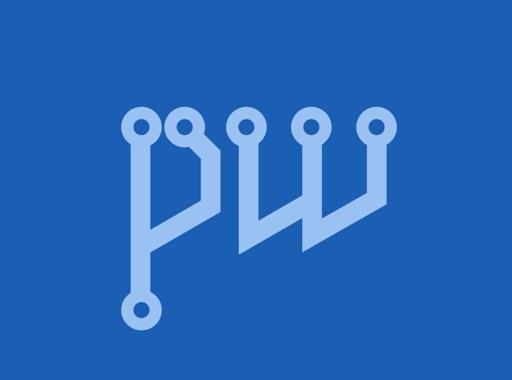

Signal is good so far. Firefox is teetering on the edge, but it’s also good so far (poor little fox). Lemmy and Mastodon are both great, but maybe that’s EZ mode because they’re built as alternatives to proprietary social media sites.
I pay for ArsTechnica and I feel that I get a lot of value out of doing so. And keep in mind, being a paying subscriber of a service does not safeguard the service from enshittification, so that’s quite great





What was the effectiveness of this? Was it “far more” than, say, regulation by a government?